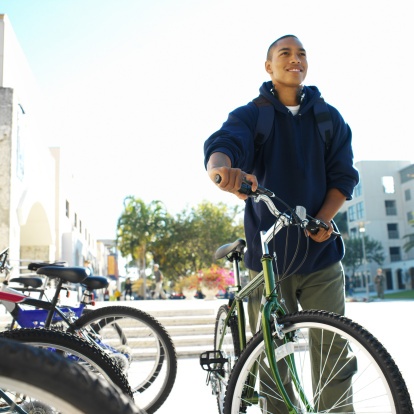 With busy class schedules, homework, exams to study for and papers to write, not to mention wanting to have something of a social life, trying to stay fit in college can really be a challenge. On top of this, many students hold some form of a job where they work between 10 and 25 hours on any given week. Whether you are an undergrad or graduate student, the same thing applies. When all this stuff is on your plate and the schedule continues to fill up, one of the first things that tends to get pushed to the side is getting to the gym!
With busy class schedules, homework, exams to study for and papers to write, not to mention wanting to have something of a social life, trying to stay fit in college can really be a challenge. On top of this, many students hold some form of a job where they work between 10 and 25 hours on any given week. Whether you are an undergrad or graduate student, the same thing applies. When all this stuff is on your plate and the schedule continues to fill up, one of the first things that tends to get pushed to the side is getting to the gym!
Here are five tips that will help you stay fit during your education.
1. Schedule Your Workout
Just like you schedule a time to write a paper or study for an upcoming exam, do the same for a time to work out. If you use an agenda or a mobile calendar, set aside at least 30 minutes to be active during your day. Many studies show that those who exercise on a regular basis actually get better grades and have more concrete, focused study habits.
2. Bike or Walk to Class
Whether your campus is small or large, simply biking or walking to class can help to keep you fit. Plan your day to leave enough time so that you can make the bike ride or walk to class and still get there on time. If you do happen to commute far enough that you must drive to campus, try to leave your car parked further away so you can bike or walk the rest of the way to class. Additionally, you can take some time to walk or ride after lunch, before the next class begins or at the end of your busy school day.
3. Watch Your Diet
Healthy eating on campus can be one of the biggest challenges for students. Due to the demanding schedule and often being on a “time crunch,” it’s easy to simply just grab and go, with thoughts of nutrition going out the window. But by simply watching your diet and walking, you can keep yourself more fit without much effort. Try to pack your lunch choosing healthy foods to eliminate the fast food stops and be certain to carry around a water bottle to drink as much water as you can throughout the day for proper hydration.
4. Find a Workout Buddy to Help Get You to the Gym
There are many benefits to working out with others. Having a workout buddy or small group that plans to meet at the gym on certain days will help you to stay on track. If you have the accountability as well as someone banking on you being at the gym, you are far more likely to actually get there and get the work done. Find someone with similar workout goals and interests and start planning to go together.
5. Use the Gym as a Study Break
Everyone needs to take a break from studying. Set a schedule where you use one of those breaks to get over to the gym for a workout. It will allow you to focus better, clear your mind, and be ready to get back to it once you are done. Study for a few hours, take an hour to get your workout in, and then get back to it!
***
Regardless of your level of education or area of study, adding in a workout will benefit you in more ways than just staying fit. If you are having some trouble trying to fit in exercise with the busy demands of school, try to implement these five tips!
This blog was written by Amanda Bireline, Fitness Center Manager. To read more about the NIFS bloggers, click here.


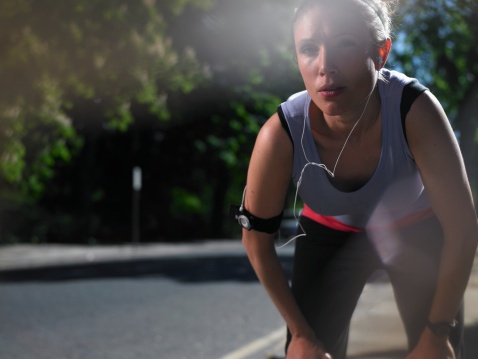 Overtraining
Overtraining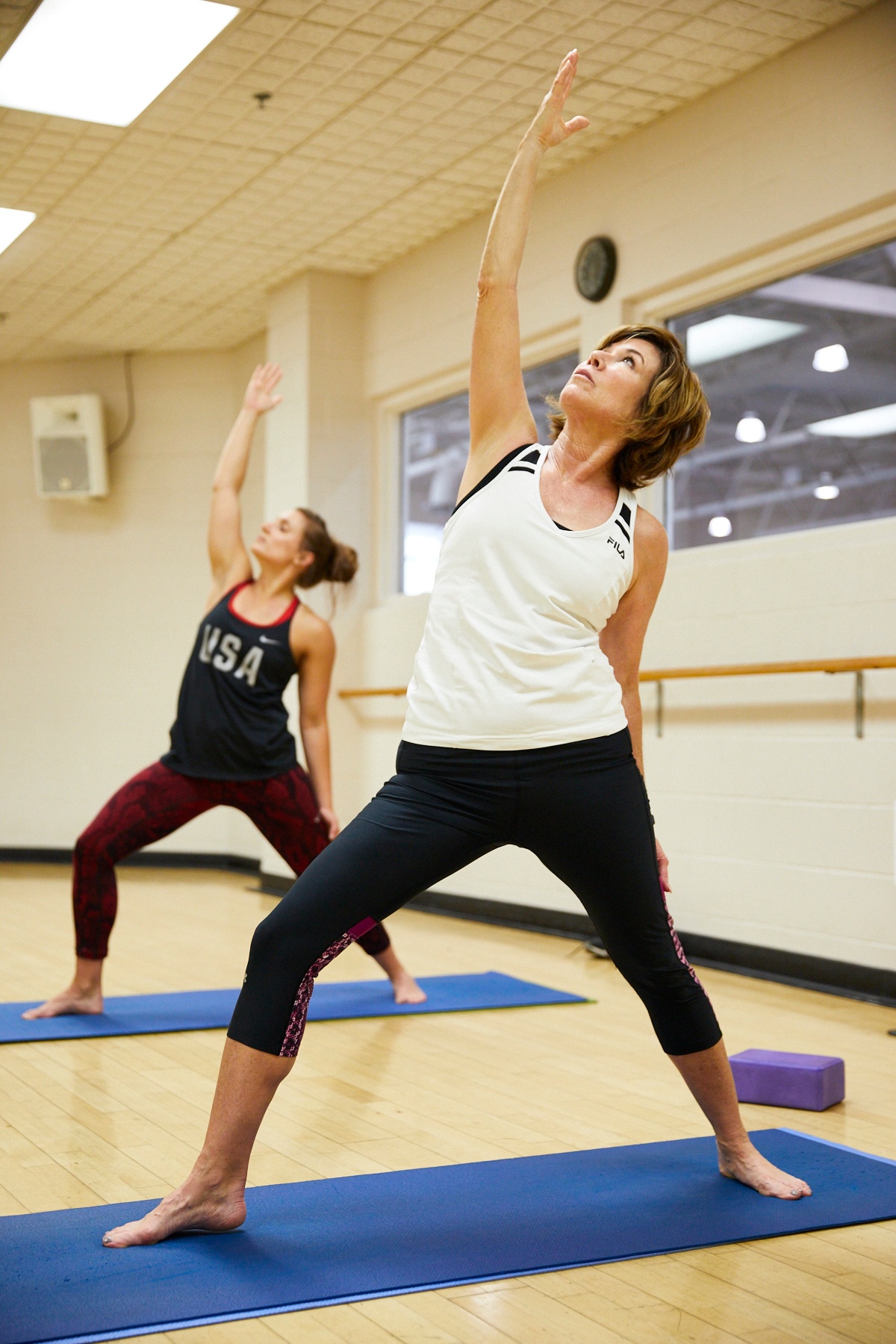
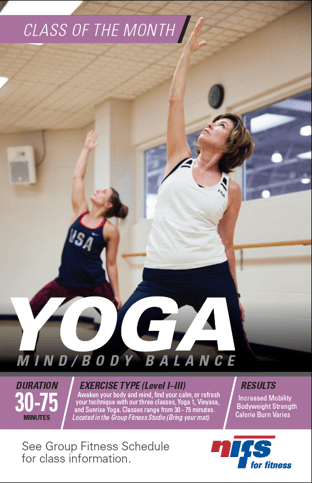 Powerlifters
Powerlifters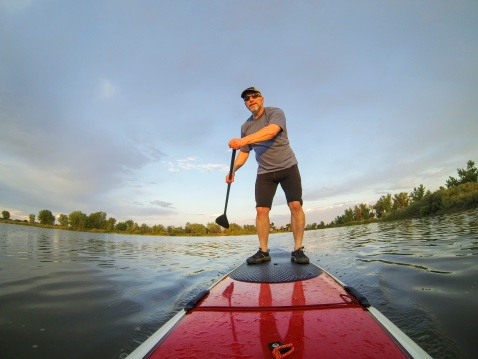 This is a great time of year to get out and do some fitness activities that you do not get to do year round, living in an Indiana climate. As the weather turns, the opportunity for some watersports becomes more realistic. While there are many different things you can do for exercise on the water like kayaking, canoeing, and swimming, my all-time favorite outdoor activity is paddleboarding. The benefits of
This is a great time of year to get out and do some fitness activities that you do not get to do year round, living in an Indiana climate. As the weather turns, the opportunity for some watersports becomes more realistic. While there are many different things you can do for exercise on the water like kayaking, canoeing, and swimming, my all-time favorite outdoor activity is paddleboarding. The benefits of  Have you ever considered that punching and kicking is a form of exercise and fitness? Look no farther than the physique of boxers and fighters. And from time to time, we all need to do a little punching and kicking. In fact, not only is it a form of exercise, but you can burn a ton of calories doing it! If you like this type of stuff and are into different forms of mixed martial arts, you should really consider giving
Have you ever considered that punching and kicking is a form of exercise and fitness? Look no farther than the physique of boxers and fighters. And from time to time, we all need to do a little punching and kicking. In fact, not only is it a form of exercise, but you can burn a ton of calories doing it! If you like this type of stuff and are into different forms of mixed martial arts, you should really consider giving 

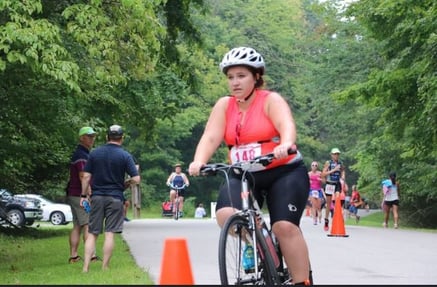 Who would you recommend this training program for?
Who would you recommend this training program for? For the month of May, we are highlighting Boot Camp as our
For the month of May, we are highlighting Boot Camp as our 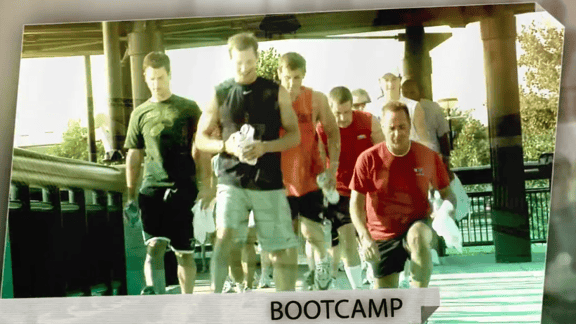
 After spending some time a few weeks back with my pregnant sister-in-law, it dawned on me the essentials of knowing what to do in terms of nutrition and exercise during each trimester of pregnancy. We spent some time working out together and talking about what is safe, what to avoid, and the changes that the body goes through. And while most of the blogs that we write tend to revolve around our comfort level and expertise, I thought I’d get out on a limb a little bit and write about some key things regarding exercise and nutrition while pregnant.
After spending some time a few weeks back with my pregnant sister-in-law, it dawned on me the essentials of knowing what to do in terms of nutrition and exercise during each trimester of pregnancy. We spent some time working out together and talking about what is safe, what to avoid, and the changes that the body goes through. And while most of the blogs that we write tend to revolve around our comfort level and expertise, I thought I’d get out on a limb a little bit and write about some key things regarding exercise and nutrition while pregnant.
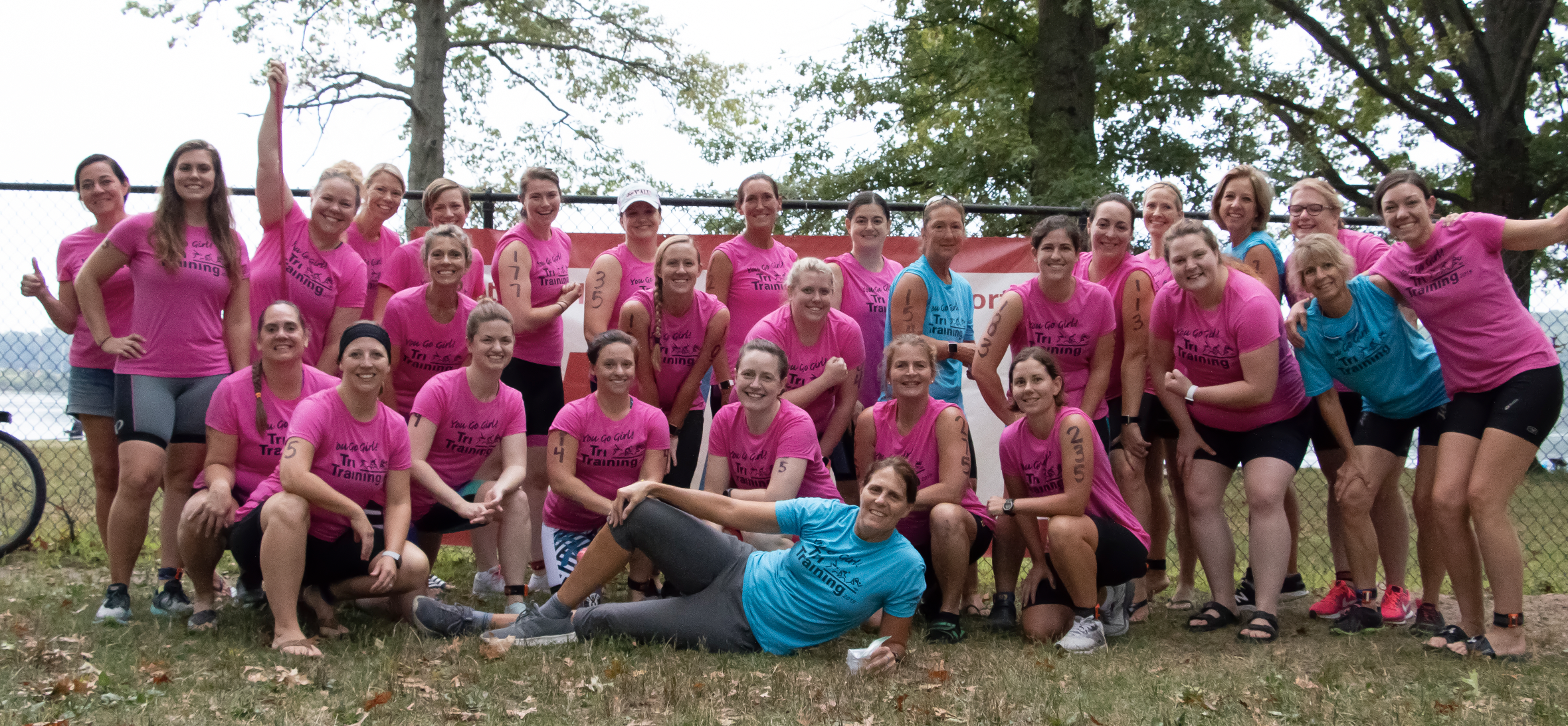 One of
One of 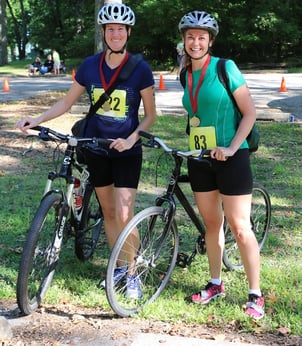 Training within a group or team setting provides you with more than you thought you needed to meet your fitness goals. And training with a group of people who are working for the same thing can be powerful and even unstoppable!
Training within a group or team setting provides you with more than you thought you needed to meet your fitness goals. And training with a group of people who are working for the same thing can be powerful and even unstoppable!